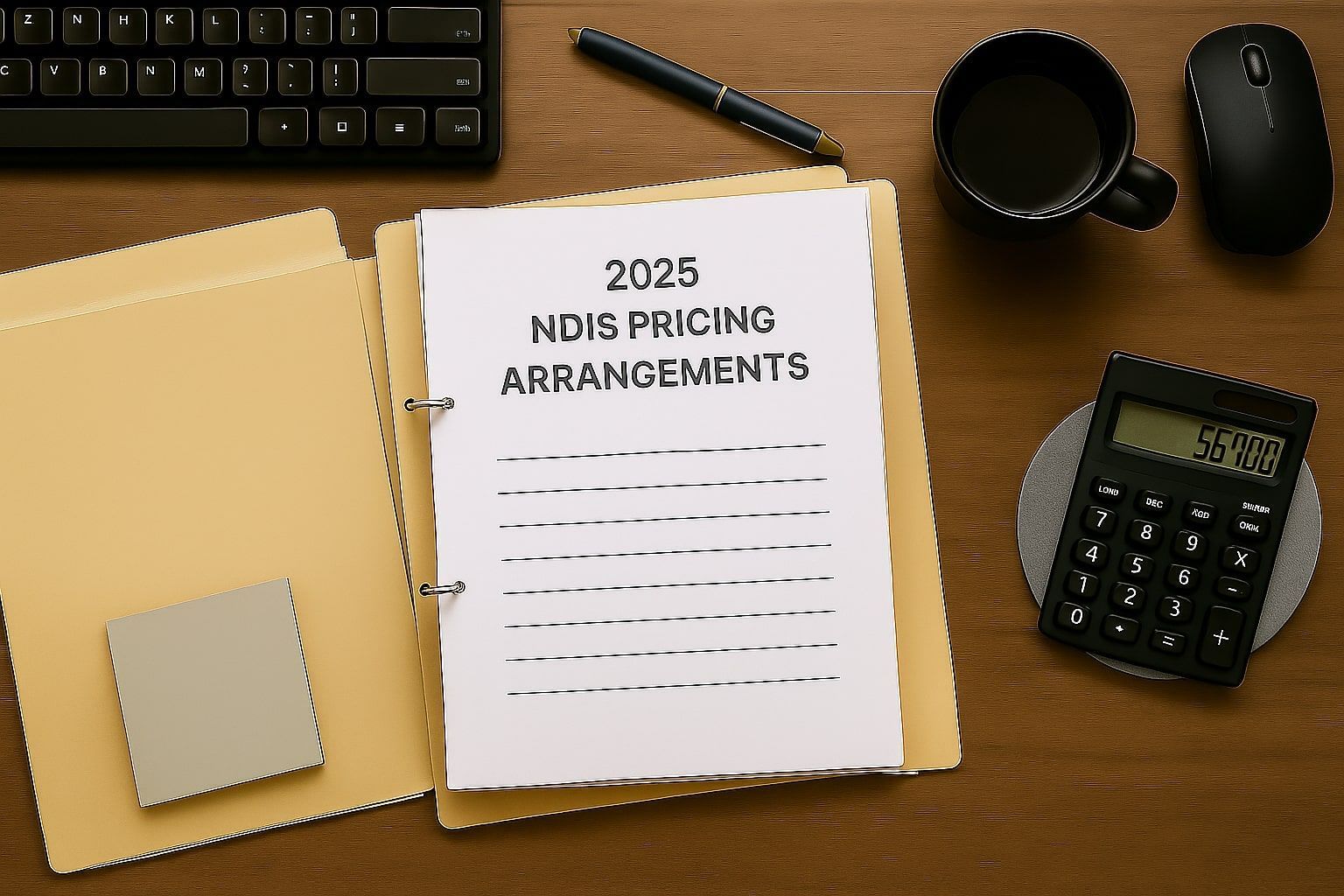Financial Planning Strategy for SDA Property Loan Investment
SDA housing investment is emerging as a promising avenue for investors aiming to blend social impact with financial returns. But in terms of lending, mortgage management companies are a significant asset when facing the challenge of investing in Specialist Disability Accommodation (SDA), facilitating wholesale lenders in the speciality lending space and investors into successful loans.
These companies leverage a network of brokers to streamline the loan process, catering specifically to the unique demands of SDA property investments. This article will assist you in understanding the specifics when looking to finance an SDA property investment.
Read also: Partnering with NDIS Provider in SDA Investment
Streamlining the Loan Process for SDA Property Investments
There has been a noticeable improvement in the accuracy of appraisals for houses classified as Specialist Disability Accommodation (SDA) in recent years. Previously, it was common to find valuation deficits of
$100,000 to
$200,000; now, this difference has decreased significantly putting valuations closer to contract prices. This improvement is mostly attributable to valuers' and builders' increased understanding of the SDA price guide, especially how important rental revenue plays in these assessments.
Securing an SDA loan unfolds through several phases, starting with pre-approval, followed by the submission of the loan application, securing formal approval, and finally, the property valuation. Mortgage management firms offer to handle equity release and loan applications, provided investors choose the lender's standard home loan option.
The valuation step alone can extend the timeline by
6 to 8 weeks for those who might need additional time for financial arrangements, such as releasing equity or selling another asset, which can extend the total process to about
10 to 12 weeks.
Aligning the 21-day finance clause found in many real estate contracts with the more extended SDA loan processing period can present a challenge. However, vendors tend to be understanding and may grant extensions if they observe progress in the loan application.
Loan-to-Value Ratios (LVR) and Financing Options
Yet, it's worth noting that delays, particularly those stemming from the equity release or valuation process, could lead to additional costs for the borrower. In some cases, a second valuation, costing between
$3,000 to
$3,500, may be necessary if the initial time frame extends due to factors beyond the lender's control.
Commercial valuations stand out, typically costing around $3,500 each. These valuations hold their validity for a period of four months. However, should there be any delays in settlement due to issues such as land registration, you might find yourself needing a second valuation, thus doubling this particular expense. Such scenarios aren't rare, underscoring the importance of budgeting for potential additional costs.
Here’s total finance costs on what investors can anticipate:
- Valuation Fee stands at $3,500.
- Application Charge is priced at $394.
- An Annual Facility Fee will cost you $395.
- Legal fees $500-$1,500+ (transaction dependent)
- Progress inspections $500-$1,500 (variable based on number)
- Risk Fee (similar to Mortgage Insurance) between 1% and 3.5% of your loan, based on your deposit size.
Investors should note that the overall cost of borrowing at an
80% Loan-to-Value Ratio (LVR) is typically between
$6,500 and
$7,000. Choosing a
90% LVR increases the cost significantly, but does reduce your initial cash outlay.
Read Also:
Understanding SDA Housing in Australia: Challenges & Investment Opportunities
Tax Deductibility, LMI Fees and Other Considerations
Clear communication about these financial requirements is essential, ensuring investors are fully aware of the commitments they're entering into before, during, and after the construction phase. Whether opting for a 90% or an 80% loan-to-value ratio, investors need to grasp the financial implications fully. This includes understanding potential tax benefits, such as the deductibility of Lenders Mortgage Insurance (LMI) fees.
It is necessary to maintain a
cash buffer - recommended is a minimum of
$100,000, to cover SDA-specific upfront costs and to get through the initial stages before you start earning rental income. This buffer covers the construction costs, where loan repayments increase incrementally as drawdown payments are made to the builder.
This normally lasts 8 to 12 months. Provider and participant procurement costs can be up to $25,000 and you need to allow for full P&I loan repayments after completion for a period of at least 6 months, as securing a tenant can take this long, even if the search for a tenant has started during construction.
Conclusion
Seek advice from industry specialists, and conduct thorough research before committing. Using insights from lenders, developers, and providers to make wise investment choices in SDA housing investment to avoid potential problems.
At NDIS Property Australia, we're committed to simplifying SDA property investment throughout Australia. Offering expertise and market insights, we empower investors to play a pivotal role in alleviating the housing shortage and achieving lasting returns.
NDIS Property Australia serves as a key facilitator, bridging the gap between the housing requirements of individuals with disabilities and the aspirations of investors with a social conscience.




